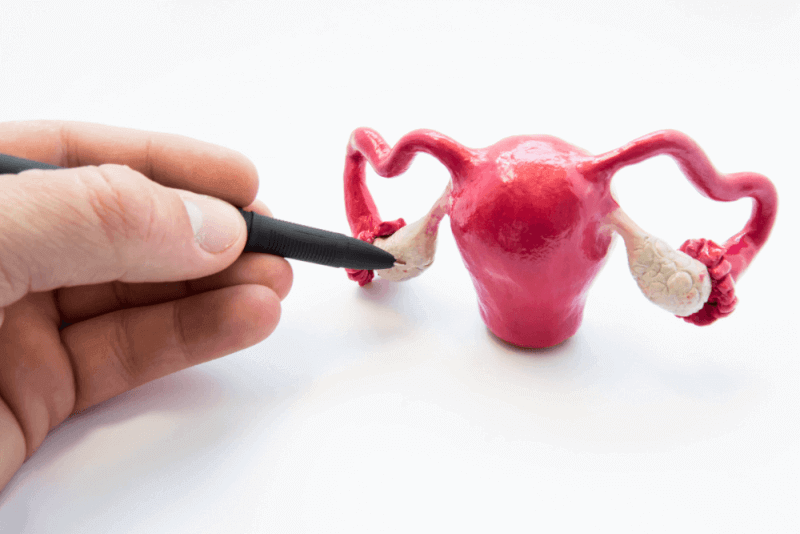What is Birth?
Birth is defined as the process of delivering a baby from the womb, after approximately 40 weeks of development, by any method. Research shows that babies determine the time of their birth. When babies are ready to be born, certain substances released from their bodies reach the mother, triggering the release of the hormone oxytocin, which facilitates birth.
Signs of Labor
The characteristic sign of labor is labor pain. The signs indicating that labor is approaching include the following:
- The discharge of amniotic fluid, commonly known as "water breaking"
- The presence of a slightly bloody discharge, also known as "show"
- Cramps felt in the abdomen and groin
- Frequent need to urinate
- Shortening intervals between contractions
- Back pain
- Changes in bowel movements, such as diarrhea
- Increased pain in the pelvic area
- Nausea
- Relief of pressure in the abdomen
- Vaginal discharge or bleeding
Stages of Labor
Labor pains in those who will have a normal delivery change character in stages. These stages are as follows:
First Stage
The early labor pain stage lasts at least 6 hours, during which the cervix dilates between 3 to 4 centimeters. The pain felt by women during this period lasts between 30 to 60 seconds. The frequency of contractions varies between 5 and 20 minutes.
Active Labor Stage
The active labor pain stage can last between 2 to 8 hours. During this period, pain and contractions are felt more frequently. The cervix dilates to approximately 7 centimeters.
Final Stage
In the final stage, the cervix dilates up to 10 centimeters. The duration of the pain in this stage can extend up to 1 hour. The pains experienced in the final stage are frequent and intense, causing groin pain and nausea. Uterine contractions occur during this time. Along with a feeling of relief in the upper abdomen, there may also be a frequent urge to urinate. In this stage, the show is also observed.
Types of Birth
With advances in medicine, women can give birth in different ways. Although experts still support normal delivery, various birth methods are available depending on the general health of the mother and baby or the mother's specific preference.
Normal (Natural) Birth
The spontaneous onset of labor contractions leading to the delivery of a baby between 37 and 42 weeks of gestation is known as normal, natural, or vaginal birth. The risk associated with normal birth is always low. Typically, the baby is born head first during a normal delivery.
Cesarean Birth
A cesarean birth refers to the delivery of a baby from the mother's womb through surgical means. The decision for a cesarean birth is made jointly by the mother and doctor. Recently, there has been an increase in cesarean births. Various factors influence the decision to perform a cesarean, including:
- The mother's fear of normal birth
- Failure to progress in labor
- Changes in the baby's position in the womb
- Abnormal placement of the placenta
- Presence of infections that could be transmitted to the baby during normal birth
- Mechanical obstruction during vaginal delivery
- Pelvic fracture
- Uterine rupture
- Excess fluid accumulation in the baby's cranial cavities
- Umbilical cord prolapse
- Surgical interventions on the uterine wall
Epidural Birth
Epidural birth allows for a painless normal delivery. There are different types of epidural birth. In an epidural birth, a pain-relieving substance is injected into the spinal cord through the lower back before the active phase of labor begins. It does not completely eliminate pain. However, there is evidence that epidural anesthesia prolongs labor, increasing the likelihood of an interventional birth.
Water Birth
Water birth refers to the process of giving birth in a tub or pool filled with water at a body temperature of 37 degrees Celsius. The idea behind water birth is that the baby has been living in the amniotic fluid during the entire pregnancy. Therefore, water birth reduces the likelihood of birth trauma for the baby. Additionally, the warm water has a calming effect on the mother, making the birth less painful and less stressful. During labor, buoyancy in water allows for better oxygenation of the uterus, providing more oxygen for the baby. Furthermore, water softens the perineum, significantly reducing the risk of vaginal tearing.








